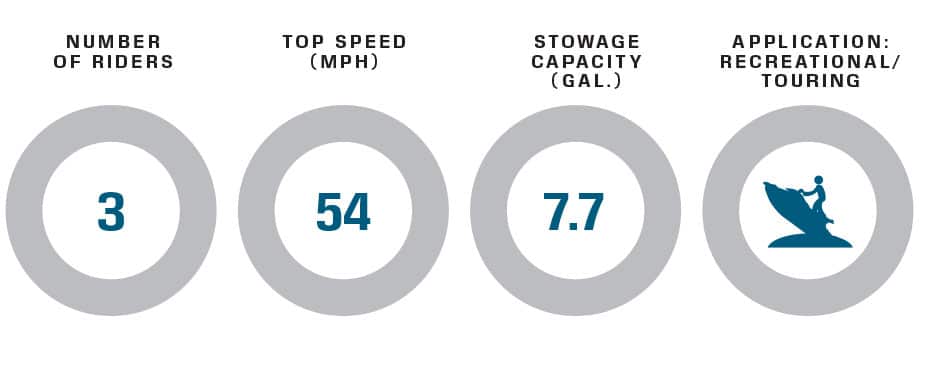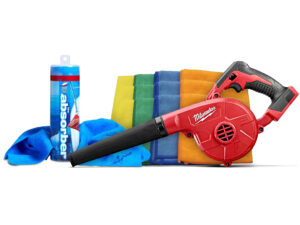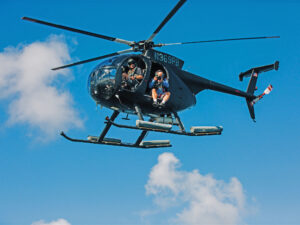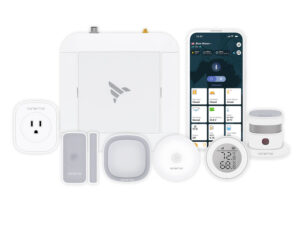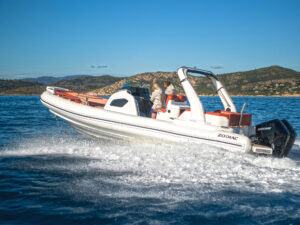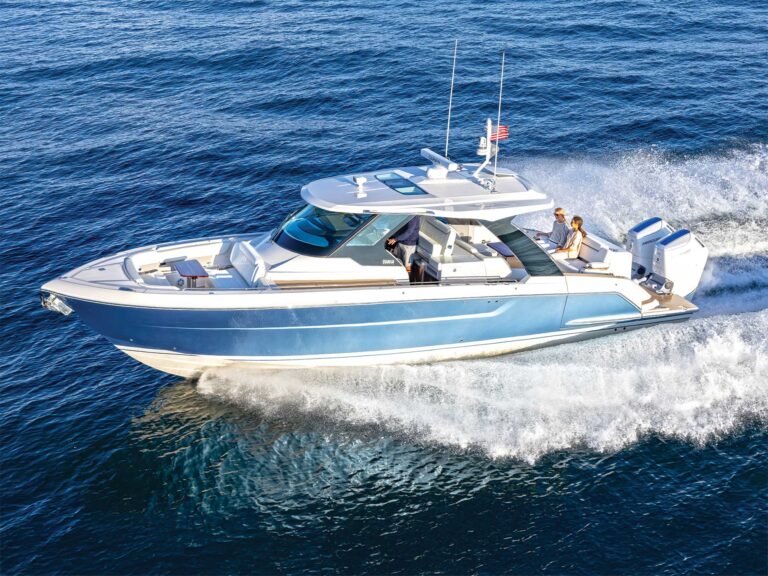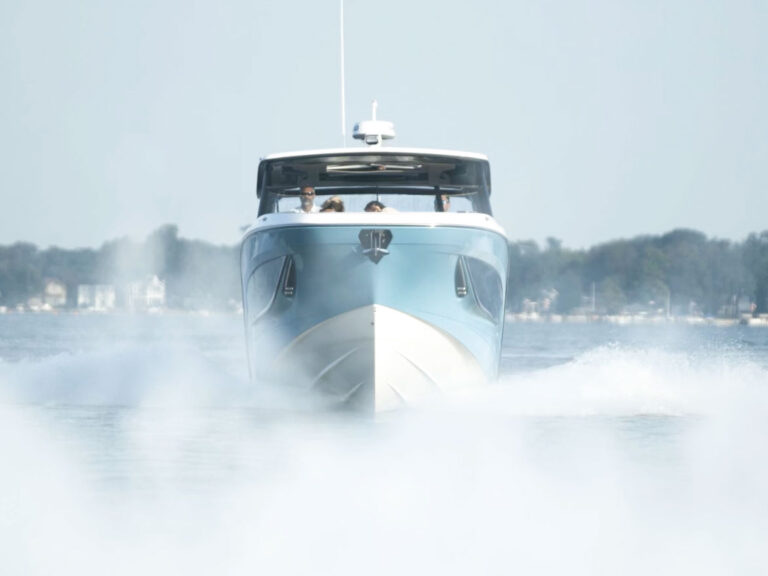
Overview
Low-cost, recreationally minded personal watercraft have proven to be a huge hit with new riders, but hardcore types also flock to them, due to agility and light weight. Yamaha gave these aggressive types the last piece of the puzzle: a better horsepower-to-weight ratio. The result is the EXR—what company reps enthusiastically dub a “crotch rocket.”
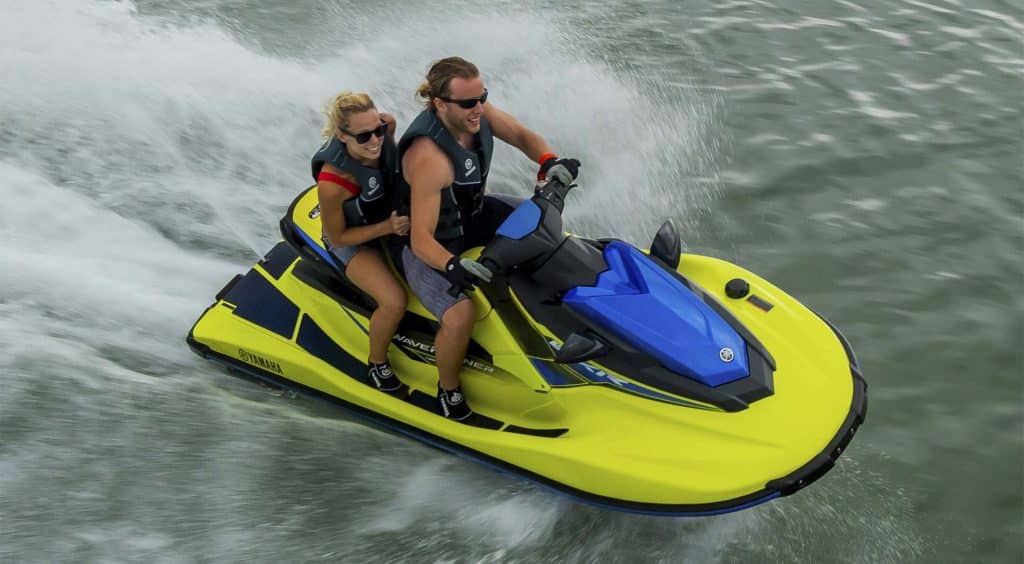
Engine
Adding power and dropping weight proved simple. Swapping conventional hull construction for Yamaha’s high-tech Nano 2 system reduces the EXR’s weight to 540 pounds, a 60-pound drop from the otherwise comparable EX Deluxe. Added power comes from modifying the engine control unit (ECU), which ups the 1,049 cc three-cylinder TR-1 engine’s horsepower by roughly 10 percent. The now-110 hp engine also features an increased 8,000 rpm rev limit, a 700 rpm boost over the existing 7,300 rpm threshold. Other changes include a top-loading intake grate to better feed the pump and provide increased traction in turns, a 40 mm pump extension to boost acceleration response, and even a slight change to a throatier exhaust note.

The result is a significant bump in overall fun factor and a nod to favored Yamaha two-strokes of old. Grabbing a handful of throttle, I noted the EXR responded with a raw quickness missing in the craft’s tamer EX siblings. Keeping it pegged, the GPS edged upward of 54.5 mph, nearly 5 mph faster than other EX models. More fun than the increased straight-line speed came when I punched it, shifted my weight off the stern, and spun 180s or power-slid into turns. The potential airtime is often missing with today’s heavier, bulkier models.
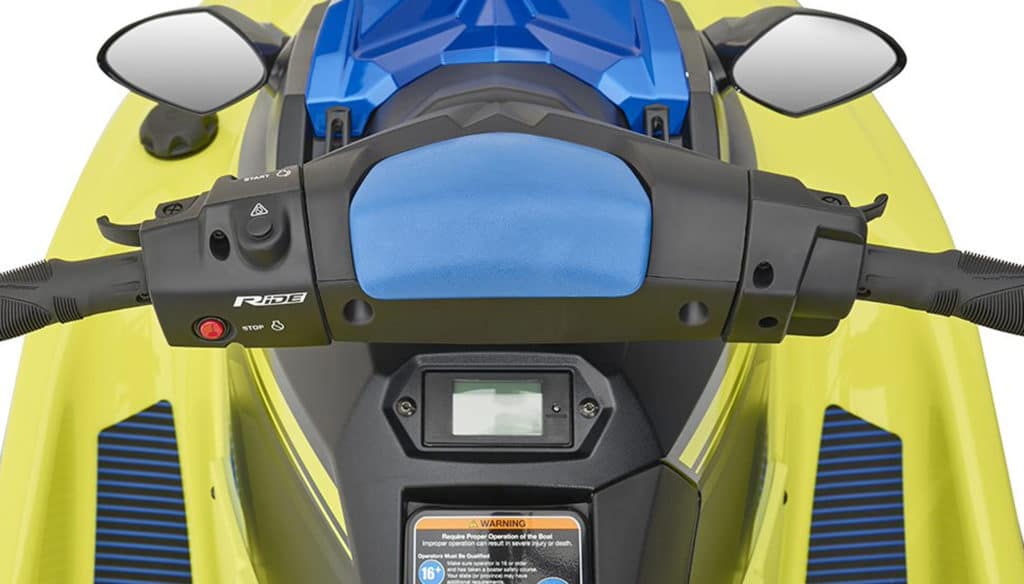
Accessories and Extras
Though definitely performance-minded, the EXR does feature a few notable extras, such as RiDE, Yamaha’s dual control system that gives forward and reverse thrust separate throttles on opposite sides of the handlebar. The intuitive system eases docking and tight-quarters maneuvering at low speed by redirecting thrust via measured use of the reverse bucket. That same thrust redirection can also provide significant stopping power when applied at speed.
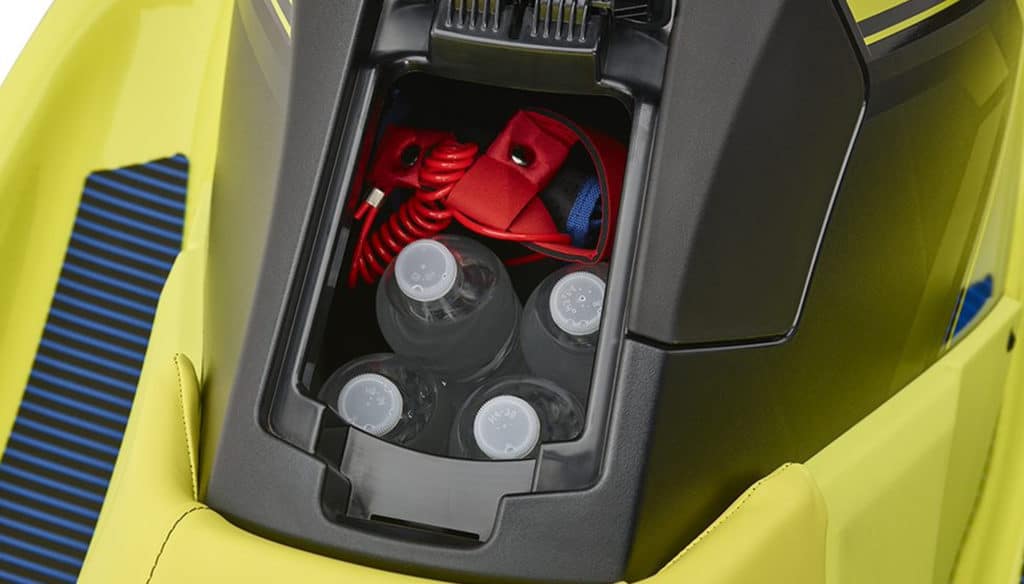
How We Tested
- Engine: Yamaha Marine TR-1 High Output 1,049 cc
- Pump/Impeller: 144 mm high-pressure pump with stainless-steel impeller
- Gear Ratio: 1.00:1 Fuel Load: 10 gal. Crew Weight: 155 lb.
High Points
- All EX models boast the best capacities in the Rec Lite category, with 13.2 gallons of fuel capacity and 7.7 gallons of standard storage.
- Two-tone Hydro-Turf EVA traction mats, a spring-loaded boarding step, and dual mirrors are all standard.
- Glove box is exceptionally deep, with room for multiple water bottles, sunscreen, a towrope, etc.
Low Points
- Bow storage is shallow; many items, including a spare life jacket, won’t make the cut.
- Taller riders may feel oversize on the craft and have trouble seeing the information display.
Toughest Competitor
Sea-Doo’s three-passenger Spark TRIXX ($8,099) boasts 90 hp and weighs a mere 438 pounds, likewise giving it punchy acceleration, albeit a slightly slower 50 mph top speed. The EXR is the superior craft in rough-water conditions, as well as roomier for the occasional second and third person. The Spark is the more playful craft, with adjustable-height handlebars, footwell wedges and an extended nozzle trim, making tricks—like actual wheelies— a breeze.
Pricing and Specs
| Price: | $9,299 |
|---|---|
| LOA: | 10’3.6″ |
| Beam: | 3’8.5″ |
| Dry Weight: | 540 lb. |
| Displacement: | 1,049 cc |
| Fuel Capacity: | 13.2 gal. |
| Max Horsepower: | 110 |
Speed, Efficiency, Operation
